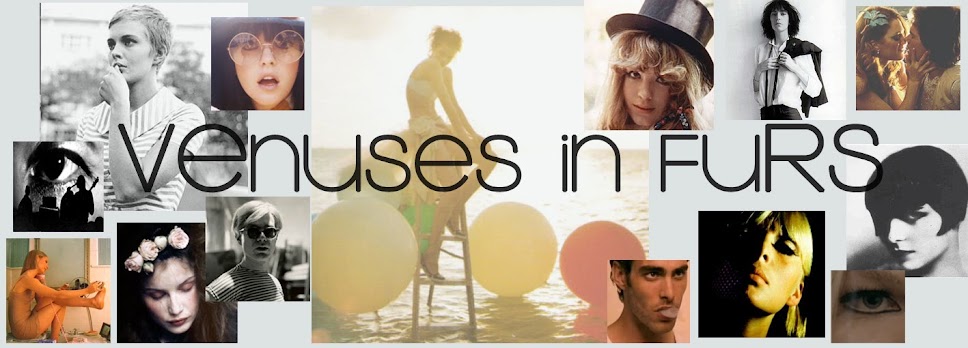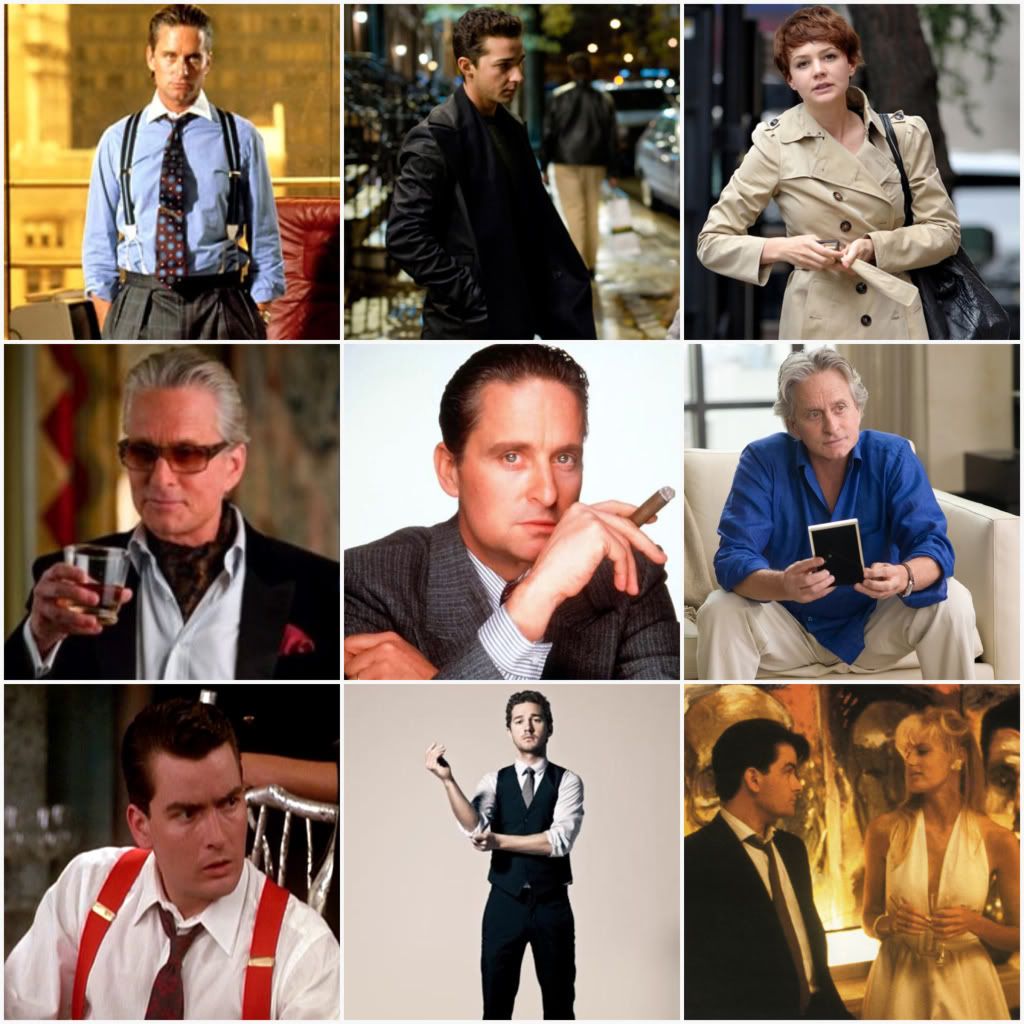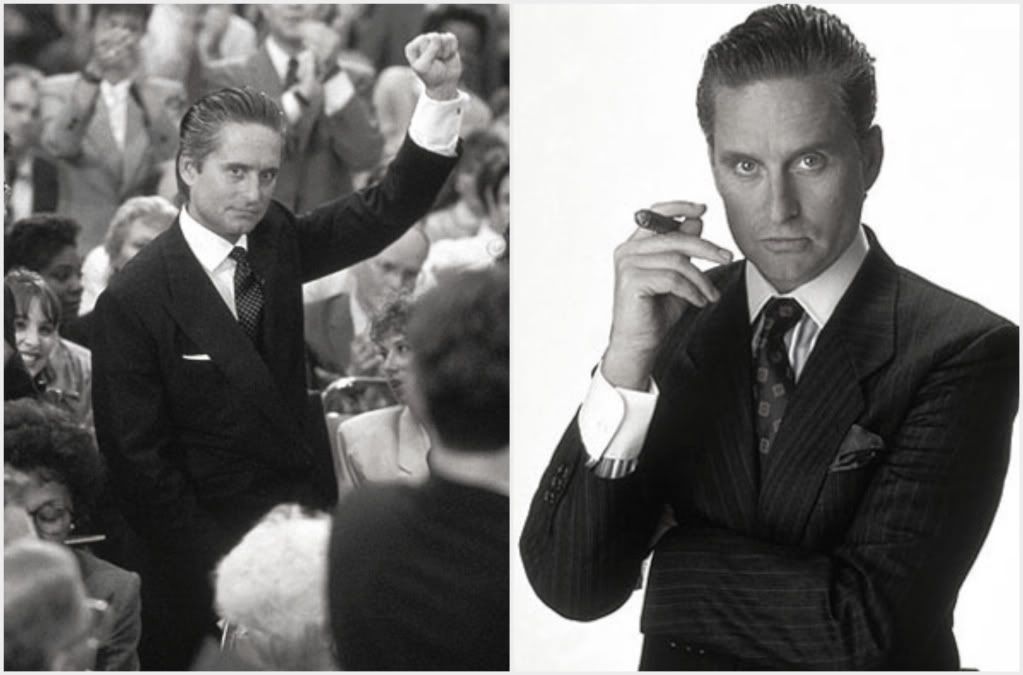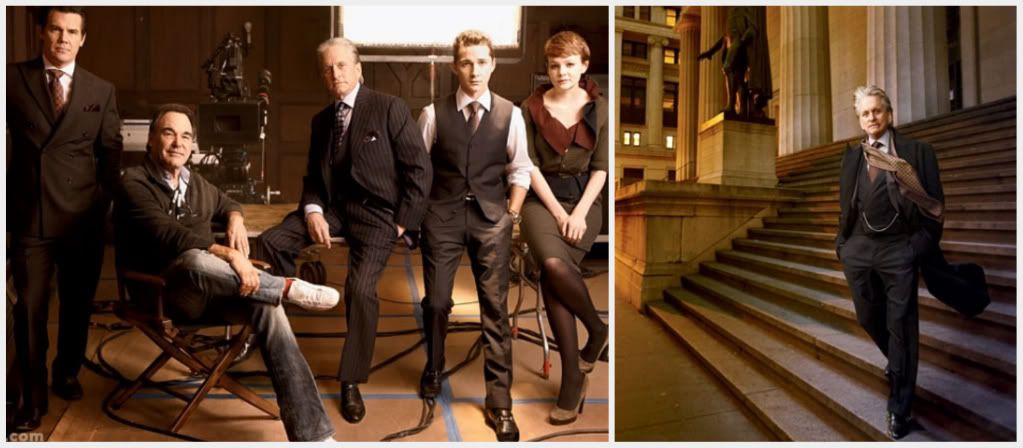L'abbigliamento maschile: un orfano, troppo spesso dimenticato, sottovalutato, maltrattato. Un affamato Oliver Twist a cui, proprio noi italiani, neghiamo quel piatto di minestra, quell'attenzione in più, che gli darebbe nuove forze. Siamo abituate a pensare che due completi, qualche camicia bianca e una decina di cravatte sia tutto quello di cui un uomo ha bisogno, il minimo indispensabile per evitare il rischio di intere giornate passate in tuta e canotta davanti alla televisione. La verità è che per tanti anni le donne sono state cieche; la verità è che non c'è stata alcuna rivoluzione sociale: l'uomo è sempre stato attento al proprio aspetto, ha sempre voluto dare un'immagine di se stesso attraverso gli abiti, gli accessori, i dettagli e, anche il più pigro, il più distratto e disinteressato, ha comunque sbirciato tra le pagine di qualche rivista trovata in bagno, tra le campagne pubblicitarie, nei video musicali o nei film, rielaborando, prendendo spunto per le proprie scelte stilistiche (anche per le più discutibili).
Men's clothing: an orphan, too often forgotten, underestimated, mistreated. It's like denying the pot of soup Oliver Twist is begging for, refusing to care a little more, to give him new strength. We use to think that two suits, some white shirts and a dozen of simple ties it's everything a man will ever need, minimum required to avoid the risk of sweatpants, tank tops and television devoted days. Truth is women have been blind for long time; there wasn't any kind of social revolution: man has always cared for his appearance, always wanted to give a certain image of himself through clothes, accessories, details and always, even the laziest man, the less interested in fashion, has glanced at the pages of a magazine found in the bathroom, at the advertising campaigns, at music videos or movies to find inspiration for his stylistic choices (even the questionable ones).
Nel 1987 Oliver Stone scelse Ellen Mirojnick per occuparsi dei costumi del suo nuovo film: Wall Street. La visione della costumista, molto diversa dalla realtà che affollava le vie del Distretto Finanziario di Manhattan, diede vita ad un nuovo stile, quello di Gordon Gekko, personaggio interpretato da un diabolico Michael Douglas, primo vero esempio di power dressing, che ebbe un impatto totalmente inaspettato sull'ambiente a cui il film si ispirava. Wall Street non era un film di uomini in giacca e cravatta, ma una storia "di potere, denaro e seduzione", e su questo la Mirojnick basò le sue indimenticabili scelte stilistiche. Dopo l'uscita del film, bretelle, camicie con il collo a contrasto, lucidi capelli tirati indietro con il gel e cravatte con il nodo spesso, diventarono la divisa dell'alta finanza di New York, il simbolo del potere economico. Il look di Gekko, come rivelato in varie interviste dalla costumista, nasceva come l'incrocio tra una star della vecchia Hollywood, Clark Gable, e il duca di Windsor; doveva essere attraente per lo spettatore, come lo era il mondo di cui il giovane Bud Fox (Charlie Sheen) voleva disperatamente essere parte. Non era stata una scelta di moda, ma la semplice comunicazione dell'essenza del personaggio attraverso i suoi abiti: ecco il perchè dei capelli lisciati dietro la fronte, le spesse bretelle a pois su camicie a righe orizzontali, il mix di colori e disegni, il collo alla francese, come i polsini fermati da gemelli. Nessuno si sarebbe aspettato che l'immagine di un personaggio tanto negativo potesse avere un'influenza così forte sull'abbigliamento maschile.
In 1987 Oliver Stone hired Ellen Mirojnick as the costume designer for his upcoming movie: Wall Street. Her vision, very far from the reality walking down Manhattan's Financial District, gave birth to a totally new style, the Gekko's, based on this devilish character played by Michael Douglas. It was the first example of power-dressing and had an unexpected impact on the real environment used as a background for the movie. Wall Street wasn't about men in suits, it was about "power, money and seduction" and that's what inspired Mirojnick's unforgettable stylistic choices. After the movie came out braces, suspenders, contrast collar shirts, thick-knotted ties and slicked back hair became New York's finance world uniform, the way of showing economic power. Gekko's look, as the designer herself has revealed, was envisioned to be a cross of an old-fashioned movie star, like Clark Gable, mixed with the Duke of Windsor. It had to be seductive for the viewer, in the way Bud Fox has been lured by the world he desperately wanted to become part of. It wasn't a fashion choice, it was the only way to express character's essence through his clothes: and this is the reason for the slicked back hair, the thick polka dots braces with horizontal striped shirts, the mixed patterns and colors, the contrasting collar and French cuffs. No one ever expected that the image of a villain would ended having such an impact on men's fashion.
photos by Annie Leibovitz for Vanity Fair
E ora Gordon Gekko è tornato. Il 22 Ottobre lo rivedremo nelle sale italiane in Wall Street: Money Never Sleeps, diretto sempre da Oliver Stone e vestito, anche questa volta, da Ellen Mirojnick. All'alba della crisi economica del 2008, periodo in cui è ambientato il sequel, tutto è cambiato rispetto alla Wall Street degli anni '80: gli uomini con i veri soldi sanno bene qual è l'immagine della ricchezza e la ostentano. I personaggi di questa nuova era hanno una silhouette elegante, ma molto pulita; Shia LaBeouf, il giovane squalo, indossa i completi migliori, spesso abbinati ad accessori Hermes e Gucci e ad una giacca di pelle Belstaff, per un look moderno e brillante. Tutto è stato realizzato su misura da Anto di Beverly Hills, e da Leonard Logsdail, maestro di sartoria di origini inglesi, che lavora a New York, per accentuare l'idea di un guardaroba da star del cinema: le camicie, i completi, le giacche e i soprabiti sportivi sono stati tutti creati per enfatizzare le diverse caratteristiche di ogni attore ed identificare il personaggio. L'outsider, per assurdo, è proprio Gekko, molto diverso, almeno all'inizio, da quello che ricordavamo: il taglio degli abiti, più casual, e la scelta dei tessuti, modesti e in tonalità neutre, indicano chiaramente la sua condizione di perdente, il suo desiderio di mescolarsi tra la folla, di essere uno dei tanti. Ma Gordon sarà sempre Gordon, e il grande squalo bianco è solo in attesa di saltare fuori dalla piscina; il suo abbigliamento subirà, infatti, un drastico mutamento nel corso del film, facendo riemergere tutto il lusso sartoriale, ritrovando il suo stile deciso e potente. Assisteremo ad una nuova "febbre da Wall Street"? Personalmente non mi dispiacerebbe, ma lasciamo agli uomini l'ultima parola.
And now Gordon Gekko is back. On October 22nd we'll meet him again, in Italian theaters, in "Wall Street: Money Never Sleeps", directed again by Oliver Stone, and dressed by Ellen Mirojnick. By the eve of the 2008 crash, when the movie takes place, everything has changed from late Eighties Wall Street: men with big money have a real sense of what rich looks like and they have no fear to show off. This new era's characters have an elegant and sharp silhouette; the young shark, played by Shia LaBeouf, has the better suits, often combined with Hermes and Gucci accessories, and Belstaff leather jacket, for a modern, crisp look. The costume designer chose to have everything tailored by Anto of Beverly Hills and by a british master tailor, Leonard Logsdail, who works in New York, to give the idea of movie star wardrobe: all the shirts, the suits, the jackets and the sports coats, everything has been designed to emphasize the different features of every actor and best serve that character. Ironically Gordon Gekko is the outsider, he's very far, at least in the beginning of the movie, from whom we remember: and the difference is clearly displayed by the choice of fabrics, demure and in neutral tones, and more casual fits. He is the loser, and this new condition makes him want to mingle in the crowd, to be one between many others. But Gordon will always be Gordon, and the huge white shark is just waiting to jump out of the pool, so his wardrobe will have a dramatic shift later in the movie, emerging in his entire sartorial splendor, regaining his bold and powerful style. We're going to see another "Wall Street fever"? In my personal opinion it will be no bad at all, but it's better to just let men saying their last word.
Sources:
- Esquire magazine Style Blog
- Los Angeles Times article by Adam Tschorn
- Vanity Fair magazine website
- Los Angeles Times article by Adam Tschorn
- Vanity Fair magazine website





4 commenti:
non vedo l'ora di vederlo
ma ho paura che ci deludera
Spero che se vinci sul H&M Contest condivida il video sul tuo blog .
Ti informo che è partito il mio Giveaway di Ottobre con in palio una maglietta stupenda GOD SAVE McQUEEN che tu è il tuo stile adorerete. Per partecipare:
http://www.thedollsfactory.com/2010/10/fendi-giveaway-winner-and-invitation-to.html
si..abbiamo paura anche noi, mi sa che l'hanno buttato troppo sul sentimentale!!!
per l'h&m contest non credo abbiamo molta speranza di vincere, ma se riuscissimo lo condivideremmo sicuro!! speriamo solo che non facciano come per Jimmy Choo che per comprare serviva il braccialetto stile discoteca =_=
vado subito a vedere il giveaway, grazie per la dritta ;)
I'm planning to watch Wall St money never sleeps movie soon.
Have you seen it?
here in Italy is due to come out on October 22nd...we really want to see it too, even if we're scared that it won't be as good as the first one!
Posta un commento